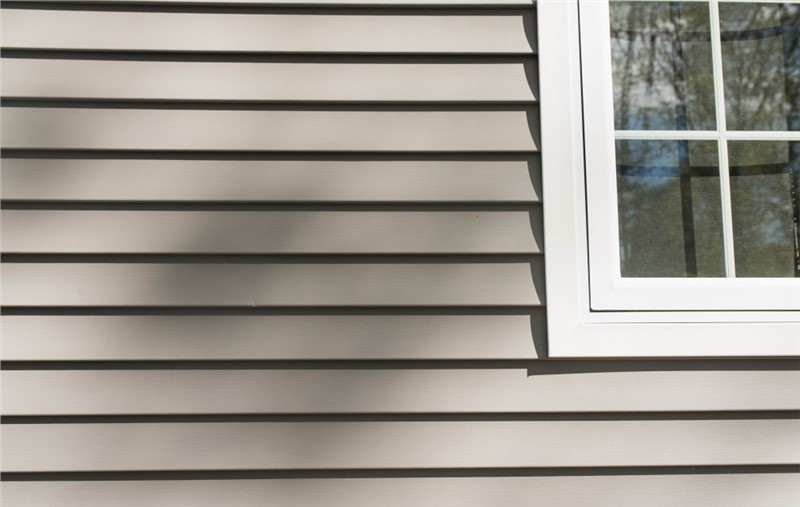
When it is time to get new siding in Pittsburgh, you may want to find a quality, low-maintenance product that will last a long time. After all, no homeowner wants to pay for major exterior improvements more often than absolutely necessary.
At Legacy Remodeling, we understand your concerns about regular maintenance, durability, and longevity in a siding product. We’ve put together a list of low-maintenance siding materials as well as our pick for the best option for homeowners.
Low-Maintenance Siding Options
Manufacturers have come up with a range of innovative products in the past few decades to combat the natural wear and tear that occurs on home siding. These durable siding solutions are available in several styles and materials.
Here are a few options on the market:
Vinyl Siding
The most popular siding used in the United States, vinyl is resistant to insects, heat, and cold. However, poorly made vinyl can melt when exposed to excess heat or sun. It is also flexible and may dent if something, like a tree branch, hits the side of your home.
Metal Siding
Aluminum metal siding is another very low-maintenance product that’s been around since the 1930s. It’s also resistance to insects, extreme temperatures, and staining. On the downside, the aluminum siding produced by some manufacturers has been known to develop a white powdery finish that rubs off on clothing and plants. You’ll need to repaint aluminum every few years to keep it looking good.
Modified Wood
A fairly new siding product, modified wood is natural wood heated to extreme temperatures in an oxygen-free environment to cause changes in its structure. Modified wood is resistant to insects, bacteria, and is less prone to swelling and shrinking. However, this siding is more brittle than traditional wood siding. It is more likely to flake or crack.
Fiber Cement
Made from a mixture of cellulose fiber, cement, and sand, fiber cement board is an incredibly strong and resilient product. It’s resistant to insects, mold and mildew, extreme temperatures, impacts, and fire. Fiber cement is heavier than traditional siding, which can put extra stress on homes with thin exterior sheathing. If you have painted fiber cement board, you’ll also need to repaint it every ten to fifteen years.
The Difference of James Hardie Siding
When comparing all of the low-maintenance options on the market, one of the best options is fiber cement board. While it can be a little bit more expensive than vinyl siding, this product will last you for decades.
In fact, Legacy Remodeling uses James Hardie siding products
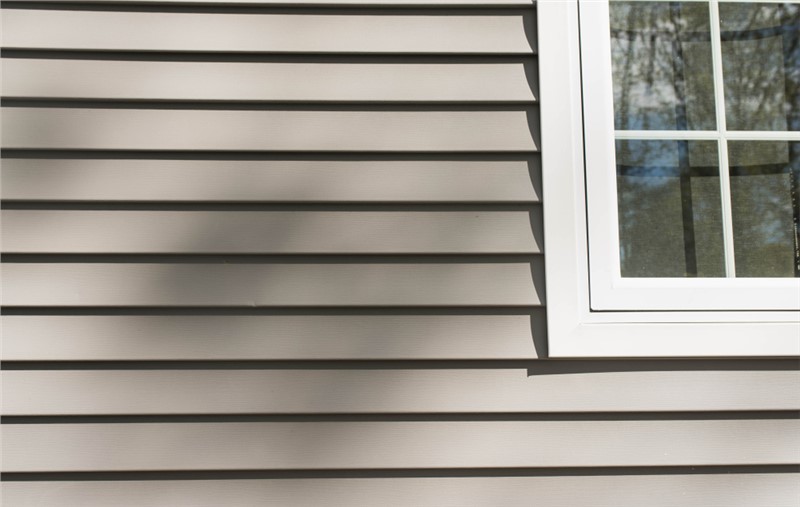
Hardie Board also requires little maintenance to keep it looking good. Here’s what they recommend for homeowners with fiber cement siding on their properties:
- Rinse the siding and trim every six to 12 months with your garden hose to remove dirt that may collect on the surface.
- Scrub any stubborn dirt spots gently with a soft, non-metal brush and mild detergent.
- Keep your gutters clear and functional to avoid leaks that may damage the siding.
- Keep plants and bushes near the foundation trimmed back to prevent them rubbing against the siding.
- Avoid contact with deicing salts, such as when cleaning your roof of snow in the winter.
- Avoid excessive spraying from water sprinklers hitting the side of the house.
- Make sure the ground around your foundation is properly draining.
Most of these recommendations are things you’d normally keep an eye on to maintain the rest of your home, such as the foundation and gutters. Following them will help keep your entire exterior in good shape.
If you are thinking about installing replacement siding on your Pittsburgh area home, give Legacy Remodeling a call. We’ll set up a free consultation to discuss our products, including James Hardie Board and Celect by Royal Building Products. You can also fill out our online form to request a free quote for any of our siding services.
Tags
Subscribe to Legacy Remodeling's Blog







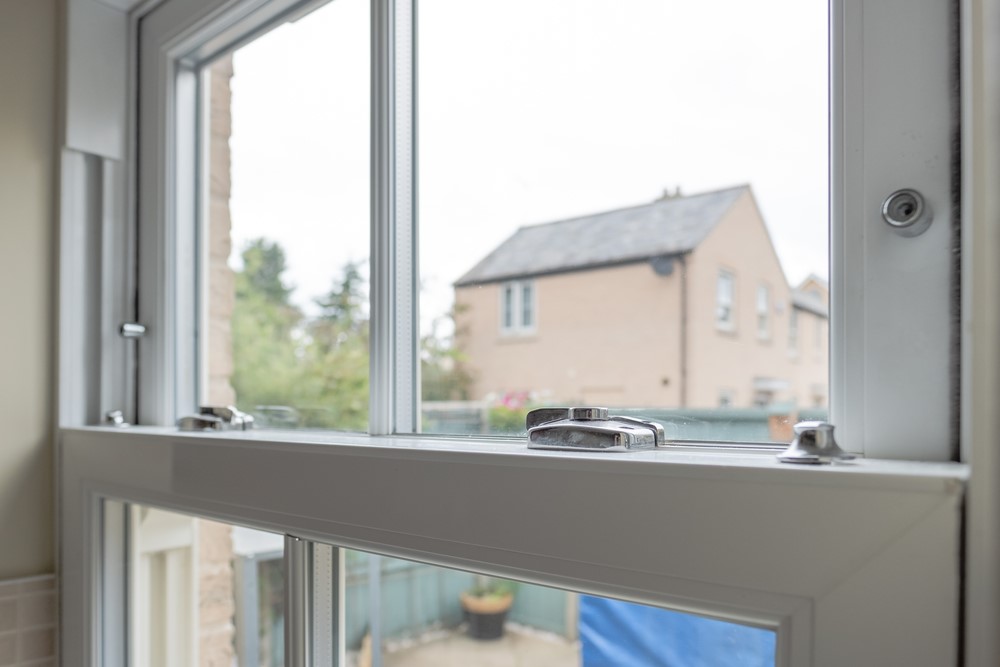
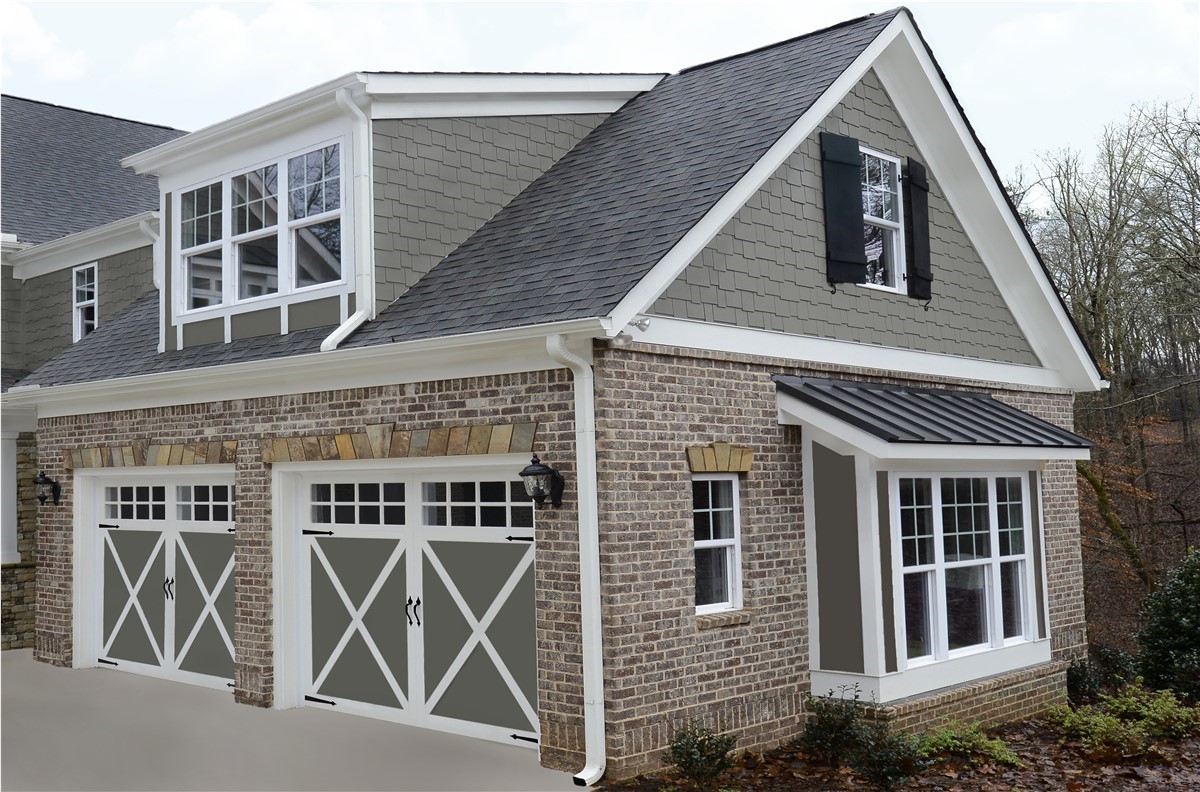
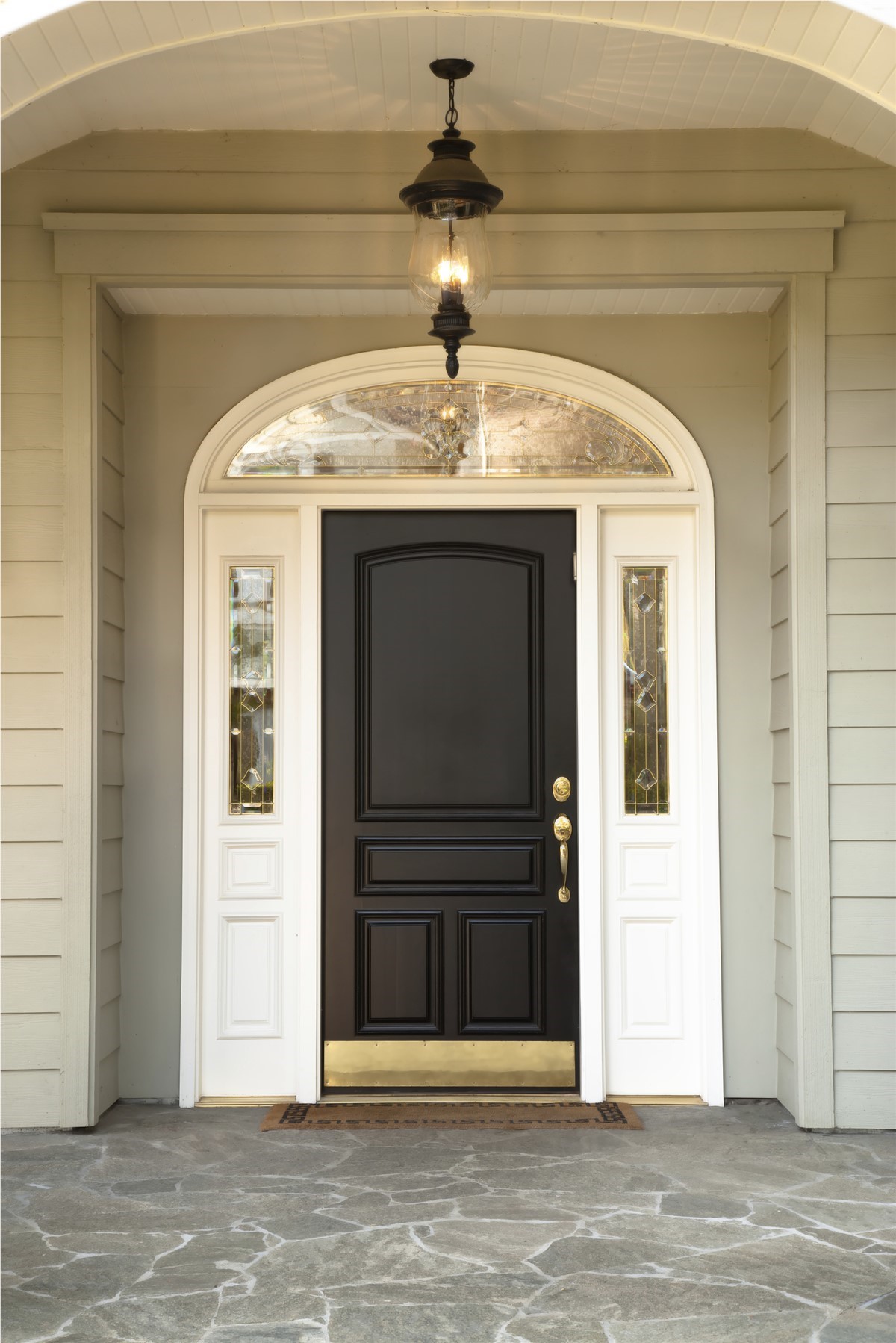

Comments